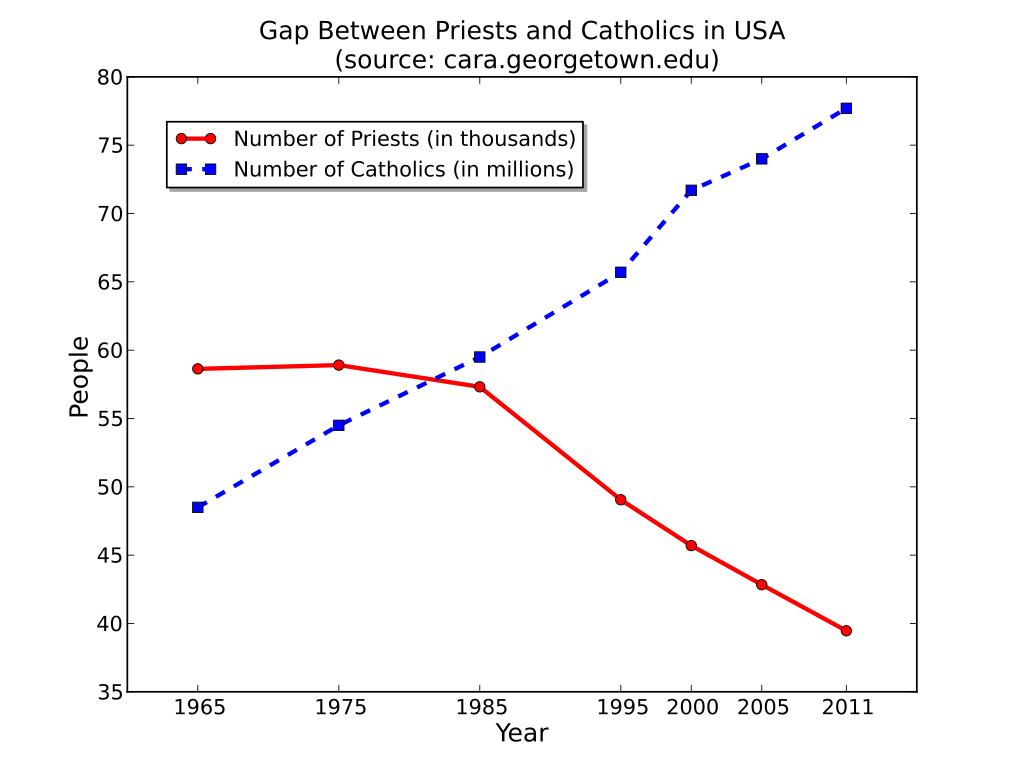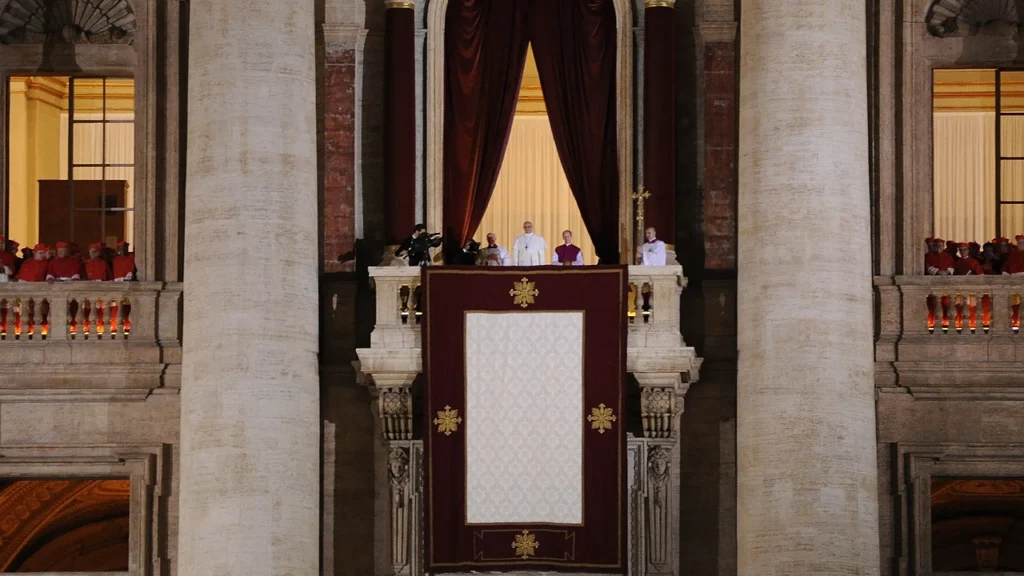If you’ve recently attended Mass in a bustling city or a sleepy village, you might have noticed a common thread: fewer priests, larger congregations, and a growing sense of strain on the clergy. The Catholic Church, for all its enduring rituals and global reach, is facing a very modern crisis-a chronic shortage of priests. The Vatican is sounding the alarm, calling for a renewed embrace of religious vocations, while the reasons behind this decline are, to many, glaringly obvious. Let’s unpack the numbers, the Vatican’s response, the root causes, and what the future might hold for the priesthood.
The current state of affairs: Painting the picture

Statistical overview
The numbers tell a story of imbalance. While the global Catholic population continues to grow-reaching an estimated 1.4 billion in 2023-the number of priests is not keeping pace. In fact, the worldwide priest count decreased slightly from 407,730 in 2022 to 406,996 in 2023, with the most significant declines in Europe and the Americas. Meanwhile, Africa and Asia are the only continents bucking the trend, with modest increases in priestly vocations.
The number of candidates for the priesthood (seminarians) has also seen a steady decline, dropping from 108,481 in 2022 to 106,495 in 2023-a 1.8% decrease. This downward trend has persisted since 2012, especially in Europe (down 4.9%) and Asia (down 4.2%). The Americas, too, are feeling the pinch, with a 1.3% decrease in seminarians.
Priest-to-parishioner ratio
The practical implications are stark: in some regions, there is now just one priest for every 6,000 Catholics, a number that is expected to worsen as the average age of priests rises and retirements outpace ordinations. In the Amazon, for example, the ratio can be as dire as one priest per 10,000 Catholics, leaving many communities without regular access to the sacraments.
Impact on parishes
What does this mean for everyday Catholics? Parishes are being merged or closed, Masses are less frequent, and priests are stretched thin, often serving multiple communities. Lay leadership is stepping in to fill the gaps, but as Pope Benedict XVI once cautioned, the unique role of the priest as a spiritual leader and dispenser of the sacraments cannot be fully replaced by the laity.
The Vatican’s response: A call for vocations
Official appeals and initiatives
The Vatican is acutely aware of the crisis. Pope Francis, in his recent message for the 62nd World Day of Prayer for Vocations, issued a “joyful and encouraging invitation” for young people to consider the priesthood, describing it as a journey of love and service. He emphasised the need for the Church to accompany young people on their vocational journey, recognising their doubts, desires, and the unique challenges of modern life.
In recent years, Pope Francis was vocal in his appeals for renewed religious vocations, issuing messages of encouragement and calling for creative solutions to the priest shortage. However, following his passing in April 2025, the responsibility for addressing this crisis now falls to his successor, Pope Leo XIV, who was elected in May 2025. As the first North American pontiff, Pope Leo XIV is expected to bring his own vision and energy to this ongoing challenge.
Beyond words, the Vatican has encouraged dioceses to get creative. In regions like the Amazon, Church leaders have called for “courageous, daring and fearless proposals,” including the possibility of ordaining married men of proven virtue (“viri probati”) to serve remote communities. There’s also a push to formalise new ministries for women, reflecting the reality that laypeople-especially women-are already performing vital roles in many parishes.
Changing the narrative
Recognising that perception matters, initiatives like the “Shepherding Future Shepherds” programme aim to highlight the heroism and selflessness of priests, hoping to inspire a new generation by telling positive stories and countering negative stereotypes.
Unpacking the “obvious” reasons: Delving into the causes
Let’s address the elephant in the sacristy: why are fewer people choosing the priesthood?
Declining religious observance and secularisation
The most glaring factor is the broad societal trend towards secularisation. In many Western countries, church attendance has plummeted, especially among the young. Faith, once woven into the fabric of daily life, is now often seen as optional or even irrelevant. When fewer people practice their faith, it’s hardly surprising that fewer young men hear-or heed-the call to priesthood.
Social and cultural shifts
Modern culture prizes individualism, autonomy, and material success. The priesthood, with its vows of celibacy, obedience, and simplicity, stands in stark contrast to these values. Lifelong commitment-whether to marriage or religious life-is increasingly viewed with suspicion or as a loss of personal freedom.
The shadow of scandals
There’s no sugar-coating it: the sex abuse scandals that have rocked the Catholic Church have left deep scars. The resulting loss of trust has made the priesthood less attractive to many, and parents are understandably hesitant to encourage their children to pursue a vocation that is, at times, viewed with suspicion or even hostility.
Lifestyle considerations
The demands of priestly life are formidable. Celibacy, isolation, long hours, and the emotional toll of serving increasingly large and diverse communities deter many potential candidates. The median age of priests is rising, and with fewer associates or vicars to share the workload, burnout is a genuine risk.
Demographic shifts
There’s a demographic dimension, too. In the past, large Catholic families often encouraged at least one child to consider religious life. With declining birth rates in Europe and the Americas, parents are less inclined to “give up” a son to the priesthood, especially when grandchildren are at stake. In contrast, countries with higher fertility rates, like Nigeria or the Democratic Republic of Congo, continue to produce more vocations and even “export” priests to countries in need.
Alternative paths
Young people seeking to make a difference now have a plethora of options-NGOs, social work, activism, or even new forms of spiritual expression outside traditional religious structures. The priesthood no longer holds a monopoly on meaningful service.
The Vatican’s efforts to encourage vocations
Initiatives and outreach
The Vatican and local dioceses are trying a host of strategies to reverse the trend:
- Vocation Promotion: Dedicated prayer campaigns, such as the Pope’s monthly prayer intentions, and events like World Day of Prayer for Vocations, aim to foster a “culture of vocation” and encourage discernment among the young.
- Formation and Support: There’s an increased emphasis on quality seminary training and ongoing support for priests, recognising that well-formed, supported clergy are more likely to thrive and inspire others.
- Positive Storytelling: Programmes like ThankAPriest.com seek to rehabilitate the image of the priesthood by sharing stories of heroism, compassion, and everyday virtue.
- International Collaboration: Some dioceses in Europe and North America are partnering with those in Africa and Asia, inviting priests from regions with surplus vocations to serve abroad.
- Lay Involvement: While the priesthood remains irreplaceable for sacramental ministry, laypeople are increasingly taking on leadership roles, especially in education, catechesis, and pastoral care.
Looking to the future: What lies ahead?
Potential solutions and adaptations
The Church is at a crossroads, and adaptation is the order of the day:
- Expanding the Role of Deacons and Lay Ministers: Permanent deacons are on the rise, taking on many pastoral and administrative duties, thus easing the burden on priests.
- Parish Mergers and Reorganisation: With fewer priests, parishes are being merged or closed, and Mass schedules adjusted to maximise priest availability.
- Exploring New Models: While the ordination of women remains off the table, the Vatican is open to discussing new ministries and, in exceptional cases, the ordination of married men for specific contexts.
- International Priest Exchanges: The “import” of priests from Africa and Asia is likely to continue, though this raises questions about cultural integration and sustainability.
The importance of lay involvement
As the number of priests declines, the laity’s role in sustaining parish life grows ever more crucial. From leading prayer services to running catechetical programmes, lay Catholics are stepping up-though, as the Vatican reminds us, they cannot fully replace the unique sacramental role of the ordained priest.
The enduring need for spiritual leadership
Despite the challenges, the need for spiritual leadership remains undiminished. The priesthood, for all its difficulties, continues to offer a path of profound service, meaning, and hope. As Pope Francis put it, every vocation-lay, ordained, or consecrated-is a sign of God’s hope for the world.
Final thoughts: A crisis, but not without hope
The priest shortage is real, complex, and, yes, the reasons are often obvious to anyone paying attention. Yet, the Church has faced crises before and adapted in surprising ways. Whether through renewed emphasis on vocation, creative pastoral solutions, or a deeper engagement of the laity, the Catholic Church’s response will shape not just its own future but the spiritual lives of millions.
So, the next time you see a weary priest juggling three parishes, or a young layperson leading a prayer service, remember: you’re witnessing history in motion. The future of the Catholic priesthood is uncertain-but it’s far from over. The call, as ever, is out there. The question is, who will answer?



